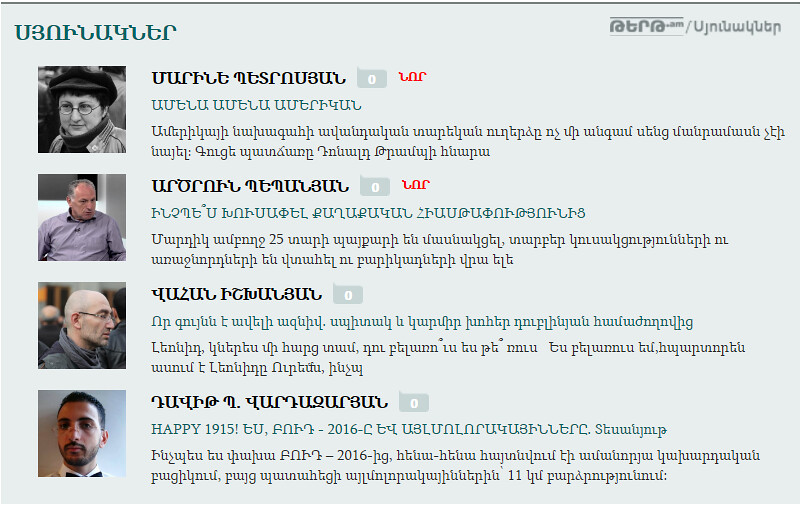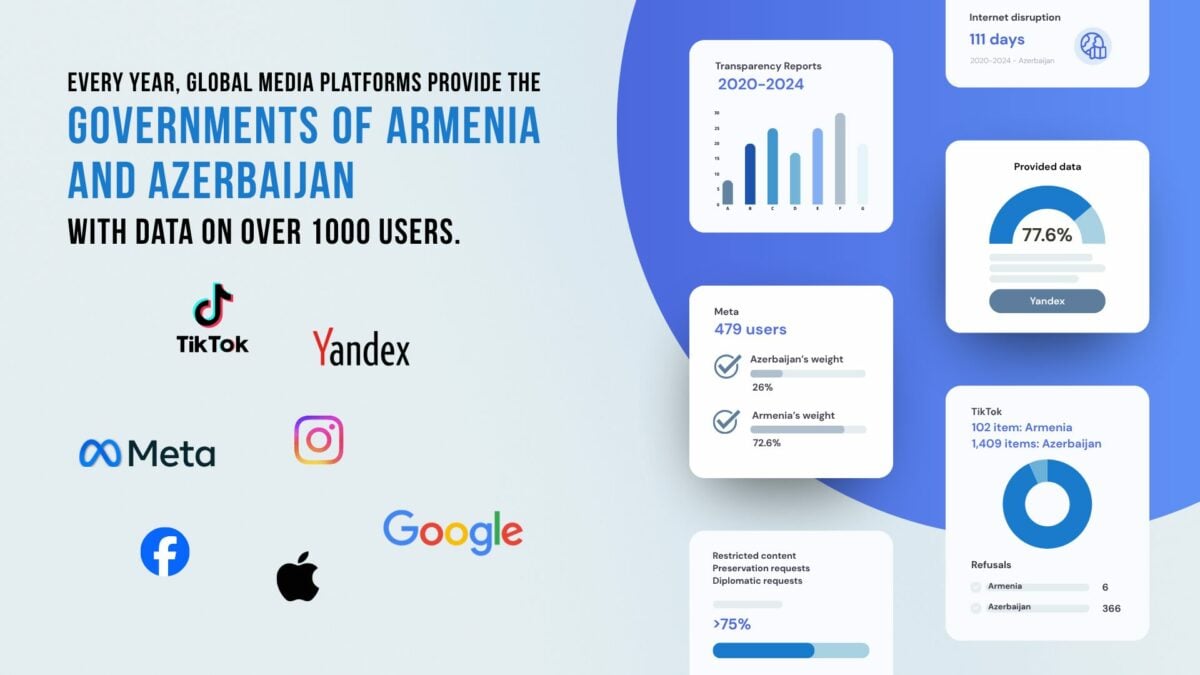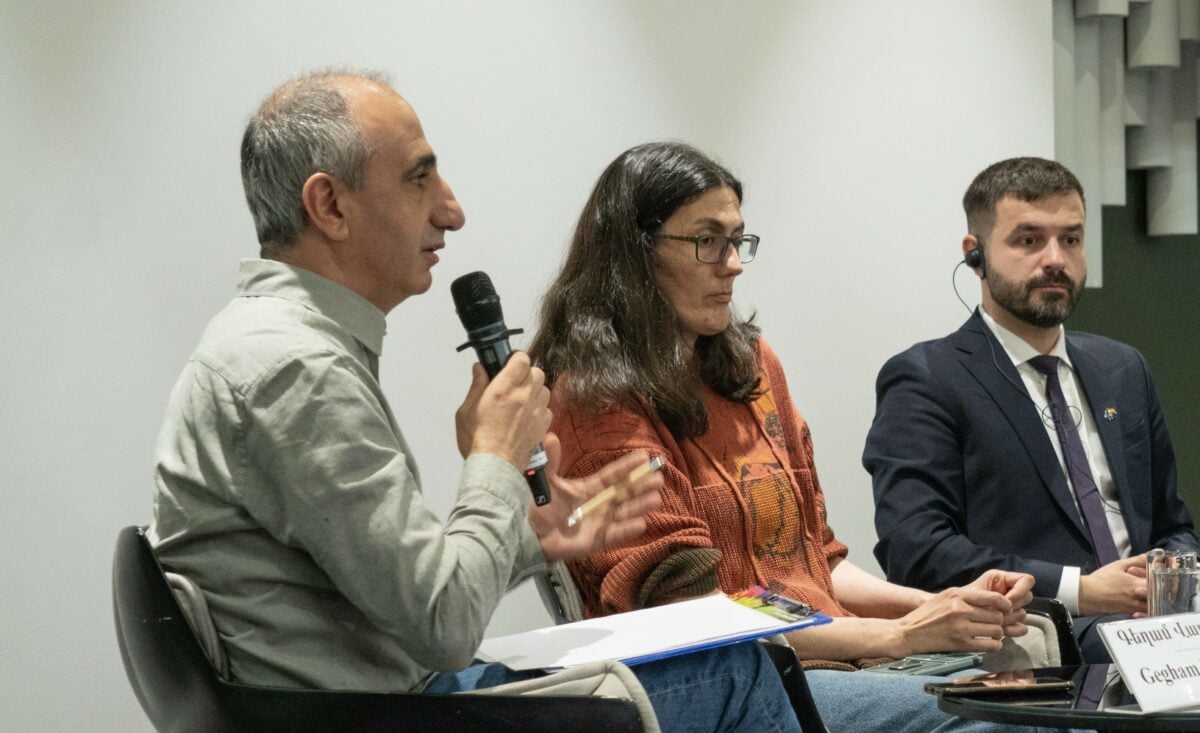Armenian internet (“ArmNet”) has a short, but interesting history. On the other hand, very little is written about it; it’s rarely described. And most importantly, it’s not archived. Which is why a tremendous amount of information is being lost.
Information is being lost for several reasons.
Websites are simply losing funding and shutting down. It’s hard to underestimate the number of such sites. For example, numerous sites containing extensive information are created within the framework of grant programs. Such sites usually have a 1–3-year history and after the funding dries up, they’re simply removed from the servers.
In such cases, extensive information with a specific focus is lost. This way, for example, internet.media.am was most likely the first news site in Armenia that provided specialized coverage of the ICT sector, and I had the honor of being its editor for several years.
Today, a few screenshots of that site is available only through an archived version. Despite the fact that the information gathered there would say a lot about the making of the IT and telecommunications sectors.
There are event-based projects that don’t stand the test of time. For example, there was a pan-Armenian E-content contest that made many IT projects popular. It was succeeded by the ArmNet Awards.
Both had a serious effect on the media industry; both were important for the development of Armenia’s internet space; both had their sites: E-content and ArmNet Awards. No need to click on the links to either of these sites: they no longer exist.
Websites often change their design poorly or change their list of sections, resulting in some of the materials simply being removed. For example, Tert.am had a blog/columns section, where hundreds of articles by a number of authors were posted. This section today simply doesn’t exist, and the materials are no longer available.

Websites often don’t have adequate reserves, and as a result of server problems or hacker attacks, a large amount of information is irretrievably lost. Such incidents happen unexpectedly often, but they’re hardly written about.
But we can remember the 2011 Azerbaijani hacker attack, as a result of which a large volume of information disappeared.
There are also sites which are so old that the point of their preservation is not the information contained within them, but more. They represent an era; they have historical value.
For example, the Armenian FreeNet, which students today don’t even know about. Meanwhile, there are more than 4,000 websites here that aren’t available from the front page.
Here there are mainly personal pages, which say a lot about the ArmNet of the 2000’s. You can even find remnants from Armenia’s first online magazine PC-BBC, which launched in 1999.

As long as the websites or the most important parts of their content are not archived, we are constantly losing parts of our history. It won’t be surprising if 10 years later some part of the information on the April hostilities simply disappeared for the aforementioned reasons.
This isn’t just Armenia’s problem. There are sites that are trying to archive the internet, but they do so chaotically, as in the Internet Archive. The US Library of Congress library archives thematically. There are such projects in a number of other countries. It’s time to do the same in Armenia.
Samvel Martirosyan







